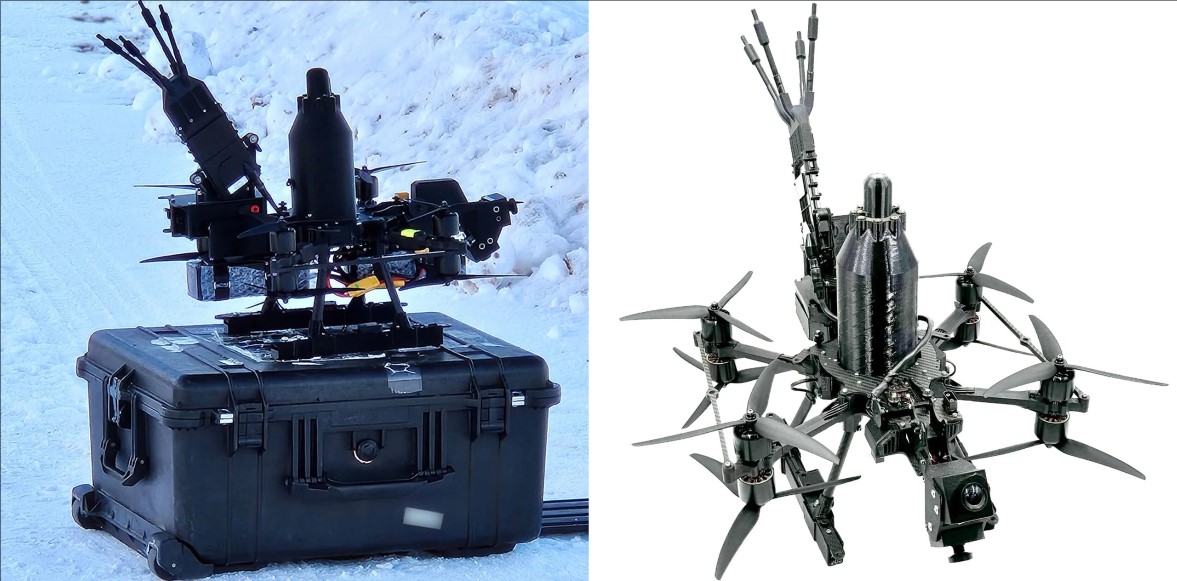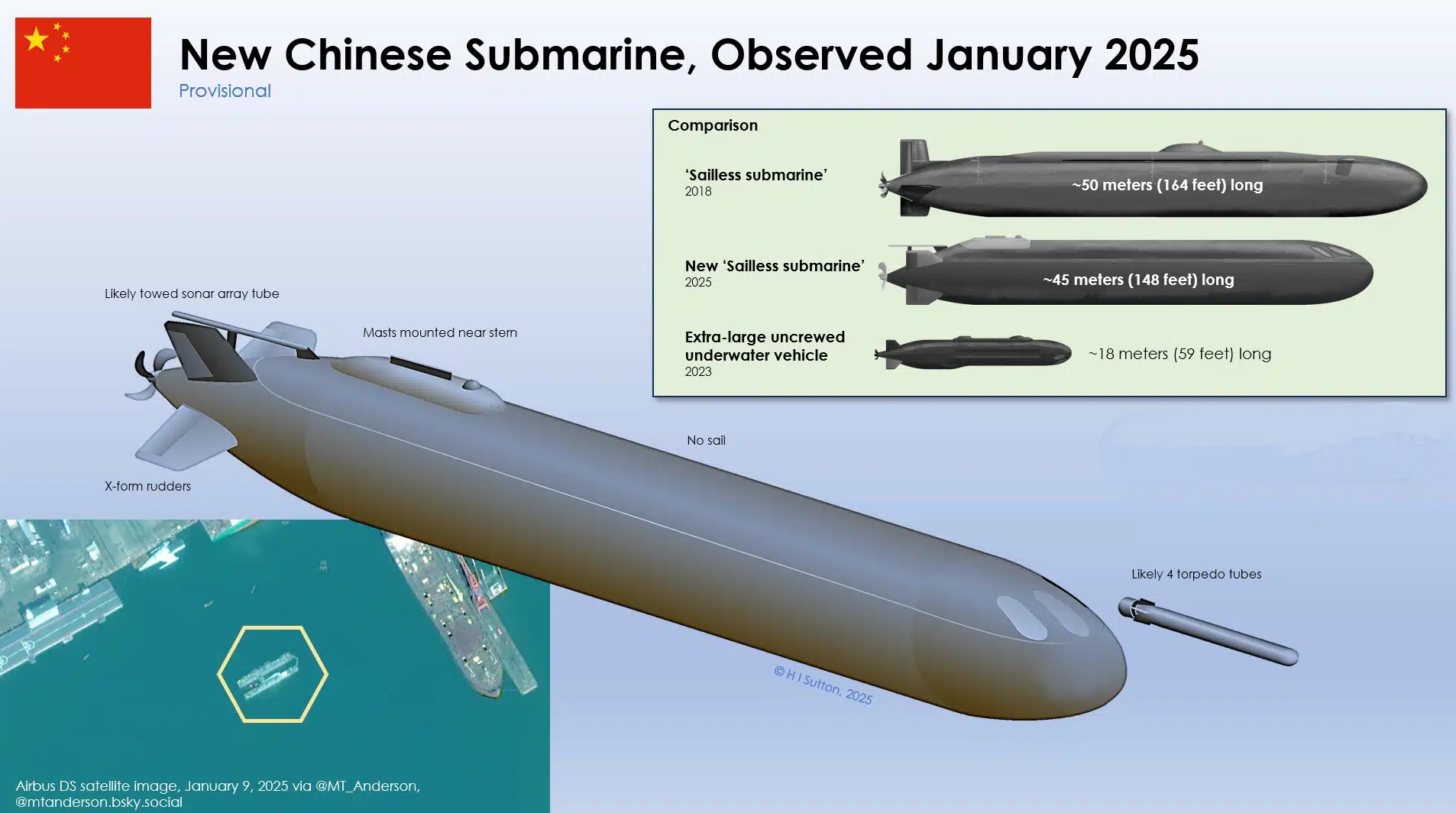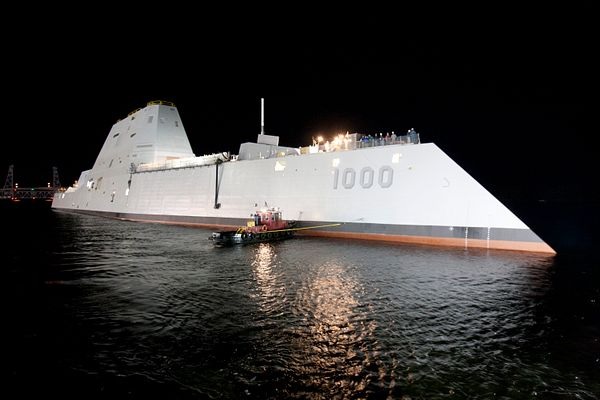Hydrofoil Technology and GEMVs: Revolutionizing India's Maritime Operations

In a vision that merges technological innovation with strategic foresight, Brigadier Arvind Dhananjayan (Retd), a prominent Indian defense analyst, has called attention to the potential of hydrofoil craft and Ground Effect Marine Vehicles (GEMVs) in transforming maritime operations. These advanced technologies promise to redefine the way personnel, equipment, and supplies are transported across vast water bodies, offering unparalleled speed, efficiency, and tactical benefits.
What is Hydrofoil Technology?
Hydrofoil technology operates on a simple yet ingenious principle. A hydrofoil is a submerged wing-like structure attached to the hull of a vessel. When the craft picks up speed, these hydrofoils generate lift, elevating the hull above the water surface. By doing so, the vessel drastically reduces drag, allowing it to achieve higher speeds with greater fuel efficiency compared to traditional boats. This design not only enhances speed but also improves stability and reduces the impact of waves, making for a smoother ride even in choppy conditions.
Benefits of Hydrofoil Technology
The benefits of hydrofoil vessels extend far beyond speed. Here are the transformative advantages they offer:
- Efficiency and Range: With reduced drag, hydrofoil craft consume less fuel, extending their operational range without requiring frequent refueling stops.
- Operational Flexibility: The ability to operate at higher speeds can be a game-changer in critical scenarios, such as maritime search-and-rescue missions or rapid troop deployments.
- Stealth Capability: By minimizing their contact with water, hydrofoil vessels generate less noise, making them harder to detect acoustically—an invaluable advantage in covert military operations.
- Adaptability to Sea States: Hydrofoils are effective in handling moderate sea conditions, ensuring reliable performance in diverse maritime environments.
GEMVs: A Parallel Innovation
Ground Effect Marine Vehicles (GEMVs), like the famed Ekranoplan, complement hydrofoil technology by operating in the realm between traditional ships and aircraft. These vehicles exploit the aerodynamic phenomenon known as ground effect, which occurs when an aircraft flies close to the surface, significantly reducing drag and increasing lift.
The Ekranoplan, a Cold War-era innovation, exemplified this concept. It could reach speeds of up to 500 km/h and carry substantial payloads over distances of 1,500 km. Operating just 4 to 14 meters above water, the Ekranoplan avoided radar detection while maintaining stability in sea conditions up to Sea State 3 (swells of approximately 1.2 meters). Such capabilities make GEMVs a promising tool for rapid maritime transit and coastal defense operations.
Strategic Implications for India
Brigadier Dhananjayan’s endorsement of these technologies aligns with India’s growing maritime ambitions and strategic requirements. With a vast coastline and a need for rapid logistical capabilities, hydrofoil craft and GEMVs could bolster India's naval power in several ways:
- Enhanced Patrol and Surveillance: Their speed and stealth make these vehicles ideal for monitoring sensitive maritime zones, such as the Indian Ocean Region (IOR).
- Disaster Relief and Humanitarian Aid: Rapid deployment of aid and rescue teams during natural calamities could save countless lives, particularly in areas prone to cyclones or tsunamis.
- Strategic Deterrence: The ability to quickly transport troops and equipment across contested waters could strengthen India’s deterrence posture against potential adversaries.
Future Prospects and Challenges
While the potential of hydrofoil and GEMV technologies is undeniable, their adoption comes with challenges. Development costs, the need for advanced manufacturing capabilities, and integration with existing naval fleets require careful planning and investment. However, with advancements in materials science, propulsion systems, and navigation technologies, these hurdles are becoming increasingly surmountable.
As nations worldwide push the boundaries of maritime innovation, hydrofoils and GEMVs could emerge as pivotal assets in reshaping maritime logistics and defense. For India, leveraging these technologies could not only strengthen its maritime operations but also cement its status as a key player in the Indo-Pacific region.
Conclusion
Hydrofoil technology and GEMVs represent a bold leap forward in maritime capabilities, blending speed, efficiency, and stealth to meet modern operational demands. Brigadier Dhananjayan’s advocacy for their adoption highlights their potential to revolutionize maritime transport, setting the stage for a future where the seas become a stage for unmatched innovation and strategic advantage.



